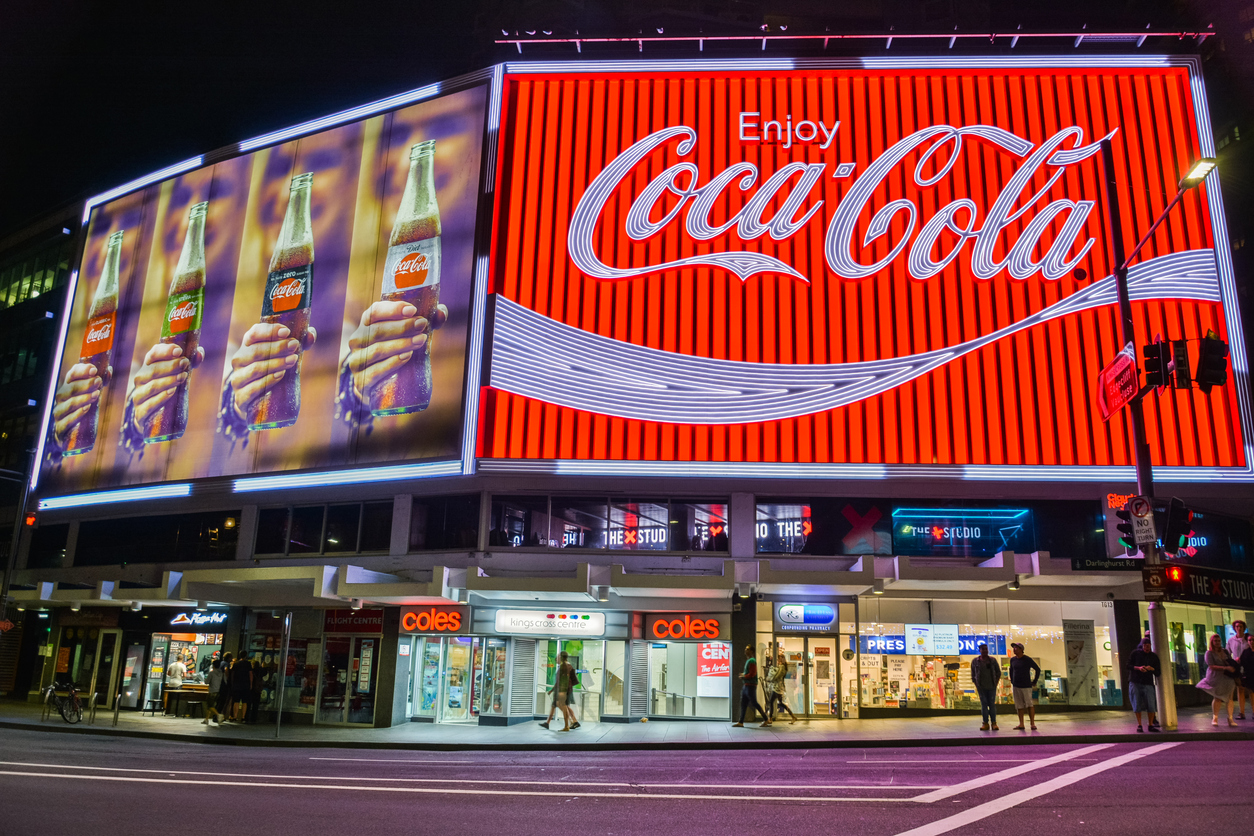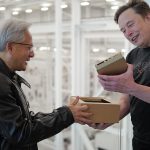Coca‑Cola’s AI Christmas Ad: Risking Brand for Cost Savings
Financial and Strategic Risk: Why CEOs Should Care
Coca‑Cola’s 2025 Christmas ad has stirred controversy not because the message is off, but because it was largely produced using generative AI. Despite being a global brand with enormous resources, Coca‑Cola chose to adopt a fully AI‑driven production for its annual “Holidays Are Coming” campaign.
While the company has not publicly disclosed exact production costs for the 2025 ad, credible industry reports say the campaign was produced over about 30 days, generating more than 70,000 clips by around five AI specialists within a total crew of approximately 100 people. The advantage they cite: cut production time from a typical year‑long cycle to roughly one month.
From a purely operational viewpoint, that seems efficient. But for a brand of Coca‑Cola’s scale, such cost & time savings raise an important question: why make this choice when you could afford more and arguably should afford more? The financial logic becomes suspect when weighed against potential damage to brand equity, consumer loyalty, and long‑term revenue.
The Move to AI: Efficiency Over Emotion
Coca‑Cola explicitly embraced AI for this campaign, collaborating with studios such as Silverside AI and Secret Level to execute the ad’s creative. The result: an advertisement featuring animated animals (polar bears, pandas, otters) reacting to the iconic red Coca‑Cola trucks instead of human characters. According to the brand’s global VP of generative AI, Pratik Thakar, the campaign is intended to “blend our heritage with modern innovation.”
Coca‑Cola defended its decision by citing:
-
Faster turnaround – from a year to around a month.
-
Cost reduction – though figures remain undisclosed, the implication is significant savings.
-
Scalability and localization benefits via AI.
These are understandable business motivations—but for an iconic brand whose equity is built on human emotion and storytelling, efficiency alone is not enough.
The Cost of Creativity: Consumer Backlash
Despite the operational appeal, the campaign spurred strong negative reaction. Viewers described the ad as “soulless”, “creepy”, and lacking the warmth of previous Christmas adverts. A ranking of 2025 UK holiday adverts placed Coca‑Cola’s spot as the worst, citing the AI aesthetic as “slop”. AOL UK
From a financial perspective, this backlash matters. Brand perception is a measurable intangible asset, and erosion of emotional connection can translate into lower sales, weaker customer loyalty, and softer margins. A holiday campaign is especially crucial—it can drive a significant portion of annual revenue in key markets. Choosing AI production over human-led craft may save millions initially, but if it results in even a 1% drop in holiday‑season sales, the cost could far outweigh any savings.
Why AI Cannot Replace Human Creativity
Here is where the strong opinion comes in: A brand with Coca‑Cola’s budget should have the luxury of choosing the best creative production—not the cheapest or fastest.
-
Emotion is not scalable via algorithms: Human creativity brings nuance, cultural relevance, and subtlety of expression that AI‑generated content still fails to capture convincingly.
-
Creativity is an investment: Real animators, real actors, real directors contribute to brand heritage. Cutting their involvement to save money is akin to cutting R&D in favor of short‑term cost‑savings.
-
Brand equity is invaluable: For a global brand, intangible assets like goodwill, nostalgia and trust drive long‑term value more than immediate production budget.
-
Reputational risk is real: By signalling that machines can replace human creatives, a brand risks backlash from consumers who value authenticity, as well as from the creative community.
-
The output matters: Reports of visual glitches in the ad—trucks changing shape, wheels appearing/disappearing—highlight a core limitation of current AI video technologies. Business Insider
In short: AI should assist human creativity, not replace it. When a financially strong brand chooses otherwise, it’s a strategic mistake—not innovation.
The Financial Perspective: Short‑Term Savings vs. Long‑Term Value
On the finance side, the decision to use AI seems to hinge on saving production cost and time: fewer human resources, shorter schedule, global rollout efficiency. But the hidden costs are far higher:
-
Potential revenue loss: Because brand trust and emotional resonance decline, consumer behaviour may shift.
-
Brand depreciation: A weaker creative output diminishes the intangible value of the brand—something that ultimately affects enterprise valuation.
-
Investor confidence: If analysts gauge the brand’s authenticity or appeal is declining, future growth assumptions may be discounted.
-
Regulatory or labour risks: Using AI to replace human creatives could attract scrutiny on ethical grounds—potentially influencing brand sentiment, employee morale, or creative talent pipeline.
For executives, the key lesson is this: cutting creative cost is not the same as enhancing marketing ROI. If you sacrifice brand equity, the long‑term financial hit may far exceed short‑term savings.
Conclusion: A Cautionary Tale for Business Leaders
Coca‑Cola’s 2025 Christmas ad serves as a high‑profile example of the tension between technological efficiency and human artistry. The company possesses the resources to produce a top‑tier, human‑driven campaign, yet chose a full AI path. This choice reveals a prioritisation of cost/time over emotion, and for a brand whose value depends on emotional connection, that shift carries risk.
For CEOs and boards: don’t confuse what you can do with what you should do. AI is a powerful tool—but not a substitute for human excellence. Brands worth billions should treat their festive campaigns not as cost centres, but as strategic investments in lasting value.














